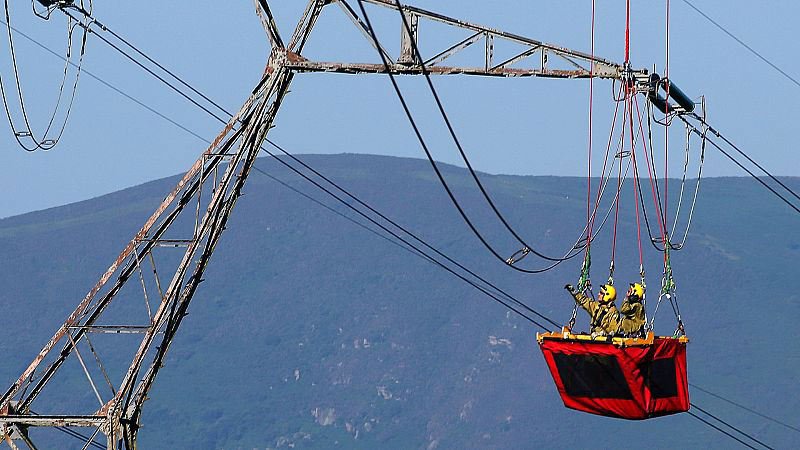The global shift toward renewable energy requires a staggering $21.4 trillion investment in power grid infrastructure by 2050, according to DNV’s report titled ‘Energy Industry Insights 2025-From Silos to Systems.’ This investment is crucial for creating an effective energy transition, yet current infrastructure and governance models fail to adequately support this transformation.
The report reveals that 96% of energy executives recognize existing power transmission infrastructure as inadequate for connecting renewable energy production sites with major consumption centers. Only 19% of industry professionals feel that current grid planning meets the necessary requirements. Furthermore, 84% of respondents reported that the existing infrastructure does not fulfill system needs, and 86% identified permitting processes as a significant barrier to reaching net-zero emissions targets.
DNV emphasizes that the challenge lies not only in the scale of investment but also in ensuring that funds are allocated to the right areas. In many regions, large renewable energy projects received approval without the corresponding development of sufficient transmission infrastructure, leading to curtailed renewable energy generation due to grid limitations.
Among energy-intensive industries, 35% have entered into direct power purchase agreements with private energy producers as a strategy to mitigate the impact of grid limitations. However, 51% of these companies assert that the current grid infrastructure in their areas does not support their renewable energy objectives.
To achieve a successful energy transition, DNV insists on a comprehensive approach that considers market structures, digital systems, consumer coordination, and infrastructure permitting all as part of an integrated energy system. The report warns that the energy transition is not merely a shift in energy sources but rather a systemic evolution that requires careful planning and investment across all aspects of the energy landscape.



